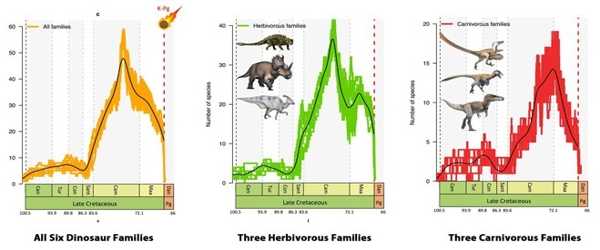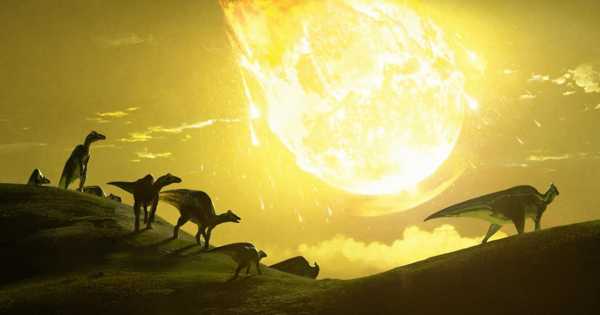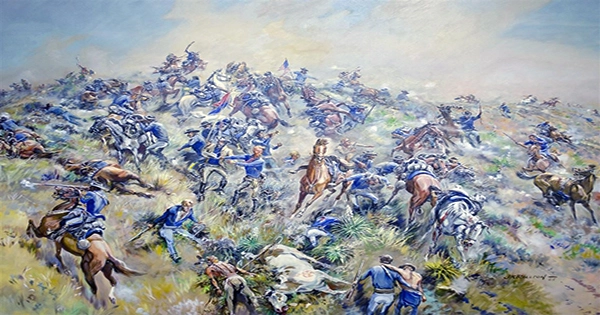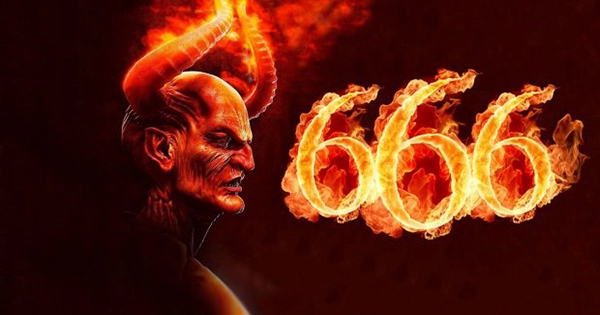One of the most dramatic mass extinctions on Earth occurred at the end of the Cretaceous Period. Discover what caused the extinction of the dinosaurs and many other animals. The dinosaurs died 66 million years ago as a result of the Earth being hit by a massive asteroid. However, paleontologists have been debating whether or not they were already in decline prior to the impact.
Scientists have discovered that they were in decline for up to ten million years prior to the final death blow. An international team of scientists, including the University of Bristol, show in a new study published in the journal Nature Communications that they were already in decline for up to ten million years before the final death blow.
“We looked at the six most abundant dinosaur families throughout the Cretaceous, spanning from 150 to 66 million years ago, and found that they were all evolving and expanding and clearly being successful,” said lead author Fabien Condamine, a CNRS researcher from the Institut des Sciences de l’Evolution de Montpellier (France). Then, 76 million years ago, they show a sharp decline. Their rates of extinction increased, while the rate of emergence of new species decreased in some cases.”
The death of the dinosaurs 66 million years ago was caused by the impact of a huge asteroid on the Earth. Scientists show that they were already in decline for as much as ten million years before the final death blow.
The researchers used Bayesian modeling techniques to account for a variety of uncertainties, including incomplete fossil records, uncertainty in age-dating the fossils, and uncertainty in the evolutionary models. Each model was run millions of times to account for all possible sources of error and to determine whether the analyses would converge on an agreed-upon most likely result.
Guillaume Guinot, a researcher at the Institut des Sciences de l’Evolution de Montpellier who assisted with the calculations, added, “In all cases, we found evidence for the decline prior to the bolide impact.”
“We also looked at how these dinosaur ecosystems functioned, and it became clear that plant-eating species tended to disappear first, making the most recent dinosaur ecosystems unstable and prone to collapse if environmental conditions became harmful.”

The fossil record demonstrates that for the first 175 million years of their existence, dinosaurs took on a wide range of forms as their environment changed and new species evolved to adapt to these new conditions. Dinosaurs that did not adapt became extinct.
We used over 1,600 carefully checked records of dinosaurs through the Cretaceous,” said Phil Currie, a co-author of the study from the University of Edmonton (Alberta, Canada). “I have been collecting dinosaurs in North America, Mongolia, China, and other areas for some time, and I have seen huge improvements in our knowledge of the ages of the dinosaur-bearing rock formations.”
This means that the data is improving all the time. The decline of dinosaurs in the last ten million years makes sense, and as our study shows, this is the best-sampled part of their fossil record.
Another co-author, Professor Mike Benton of the University of Bristol’s School of Earth Sciences, stated, “In the analyses, we explored various types of possible causes of the dinosaur decline.” It became clear that there were two major factors. The first was that overall climates were cooling, which made life more difficult for dinosaurs, which likely relied on warm temperatures.”
“The loss of herbivores then made the ecosystems unstable and prone to an extinction cascade.” We also discovered that the longer-lived dinosaur species were more vulnerable to extinction, possibly because they were unable to adapt to the new Earth conditions.”
“This was a pivotal moment in the evolution of life,” Fabien Condamine added. The world had been dominated by dinosaurs for over 160 million years, and as they declined, other groups, including mammals, began to rise to dominance.
“The dinosaurs were mostly so massive that they probably had no idea the furry little mammals were hiding in the undergrowth. However, mammals began to increase in number before the dinosaurs died out, and after the impact, they had the opportunity to create new types of ecosystems that we see today.”
















